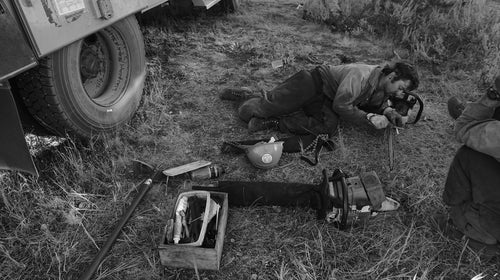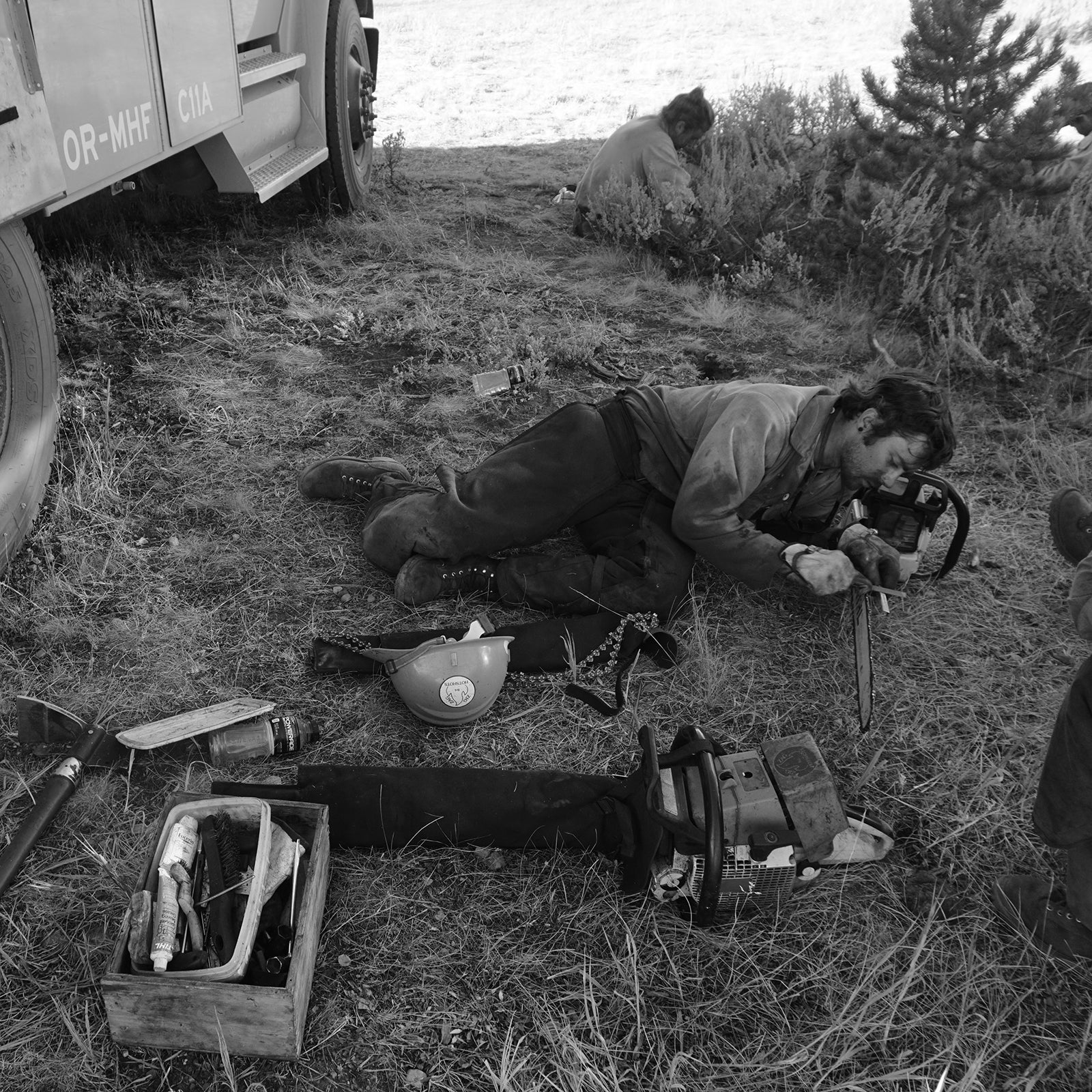I worked as a wildland firefighter for the U.S. Forest Service for four summers, the past two with��a hotshot crew of��20 experienced firefighters who travel all over the country and��spend��most of the��“summer”��(April through October)��sleeping on the ground and digging fire lines in extreme temperatures and rough terrain.��
The government issues any equipment that is absolutely necessary to do our jobs, but we also rely heavily on our own personal kits��for extra��comfort. We’re not exactly nice to this gear; we subject it to 16-hour days in heat, smoke, and dust, and when we’re not using it, it’s often shoved into a duffel bag. Having these items break during the summer is inconvenient at best and could negatively affect your productivity at worst (like when your sleeping pad deflates halfway through a 14-day assignment and you’re camped in a place only accessible by helicopter). Because of scenarios like this, there’s added dependence��on our gear. After four seasons of trial and error, these were the items I knew would last, no matter how much I abused them.��
Icebreaker Merino 175 Everyday Short Sleeve Crew ($70)
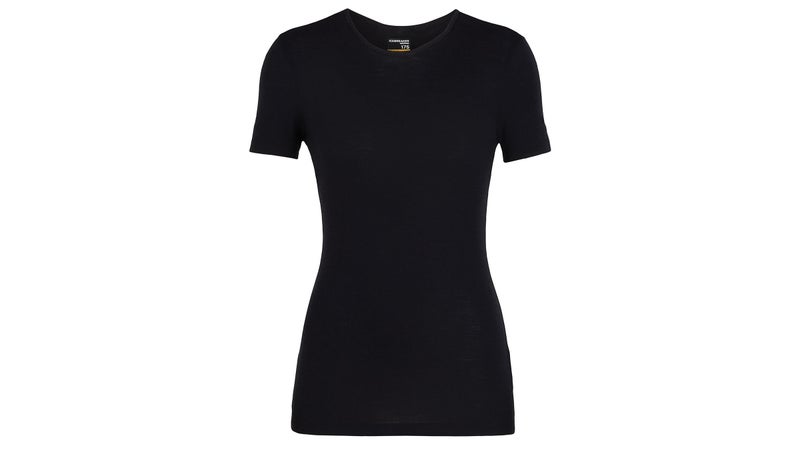
While I’ve spent a good number��of days working��in a cotton T-shirt under my “yellow” (the bright, long-sleeved��fire-resistant shirt��we wear while on the job), from Icebreaker has taught me that wool is the way to go.��
With no polyester, spandex, or nylon to hinder��the crew’s��natural breathability, the��wool��cuts down on odor and clamminess��by wicking away sweat and drying quickly—and less stink means you can get away with fewer washings. (Microbes have a harder time clinging to wool than to synthetic fibers.) This is��helpful when you use the��same two shirts for a couple��weeks straight.
While other merino wool base layers I’ve used have effectively disintegrated—developing numerous holes and shedding more and more material after every washing—the two Icebreaker tees I bought three summers ago became��my day-to-day mainstays. Neither has��a single hole to show for it, despite months of sweat, sawdust, and getting shoved into and pulled out of my bag every day.��
��
Therm-a-Rest Women’s ProLite��Sleeping Pad ($95)
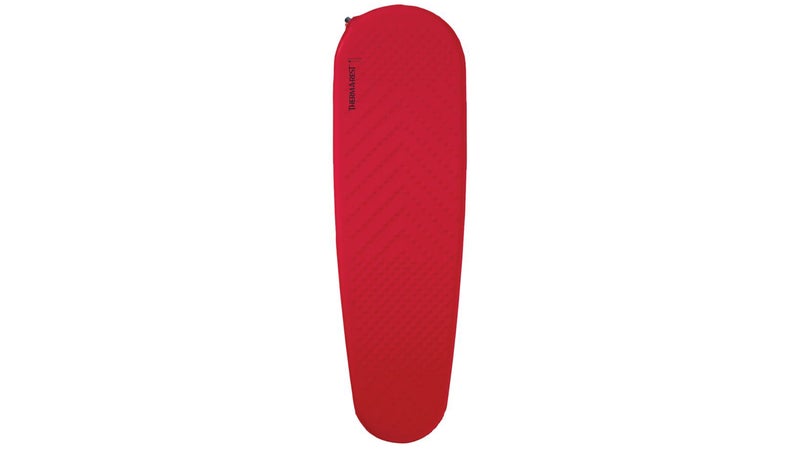
Made with a 50-denier ripstop polyester, the strikes a good balance between tough and packable. At 11 by 4 inches in the stuffsack, it left space in my duffle for other gear, and��weighing in at just over one pound, it’s Therm-a-Rest’s lightest self-inflating mattress for women. Most important, though, it didn’t��pop a hole or break a seam in four years of heavy use, including many nights of sleeping atop it��on rodeo-arena floors, soccer fields, and rocky ridgelines deep in the backcountry.
Sea to Summit Aeros Premium Pillow ($43)
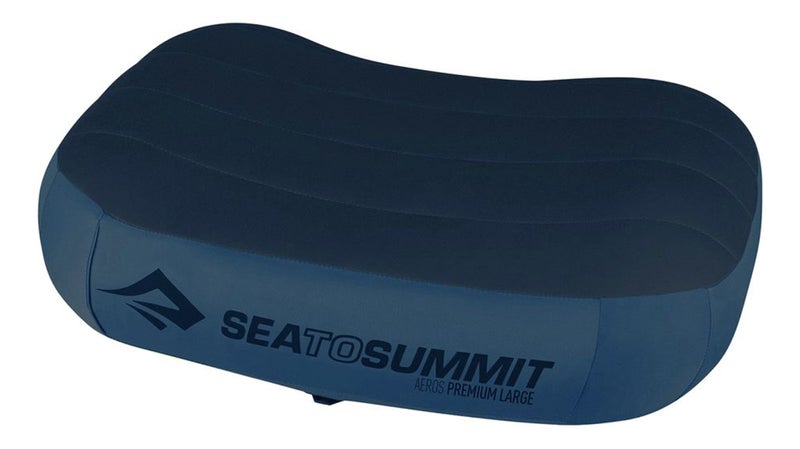
Probably the best $43��I’ve ever spent, the����gave��me a comfortable��place to lay my head in the buggy on the way to fires, and it provided��an added cushion��for the months I spent��on the ground. It’s incredibly light (2.5 ounces)��and packed��down small enough to shove��into any open corner of a duffle��bag (or my carry-on while traveling). I dig the plush outer lining—its��surface was��much warmer and cozier than the bare polyester versions I’ve used in the past, which��were only a small improvement compared with��using a bunched-up rainjacket for a pillow.��Sea to Summit doesn’t recommend machine-washing the Aeros,��but I slept��on it��with a dirty face and unwashed hair, so I cleaned��it by hand after every fire assignment for two years. After��dozens of washings, I haven’t noticed��holes or��substantial wear and tear or had any issues inflating it.
Suncloud Cinco Sunglasses ($50)
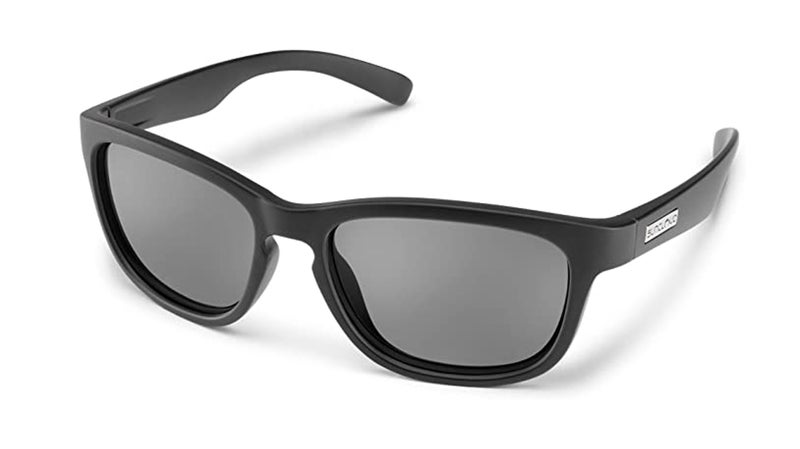
I’m a terrible sunglasses owner. I always seem to lose the ones that fit my face perfectly or break the ones that cost a quarter��of my paycheck. That’s why practicality and affordability are now my biggest priorities when I’m shopping for a new pair.��At just $50, ��vastly exceeds what you’d expect from midrange��shades. The lenses are polarized (which isn’t��necessary for fire work��but is very helpful for fishing on my days off), and the frames are made of a durable nylon material called Grilamid, which is more flexible than plastic. Unlike some of the gas-station options��I’ve used in the past, the Cinco��never fogged when��my face was��soaked in sweat. They’ve withstood a whole gauntlet of mistreatment, such as��regularly wiping them with dirty leather gloves, accidentally sitting on them, and, worst of all, placing them in the same pocket as my knife.
Arc’teryx Atom LT Hoody ($260)
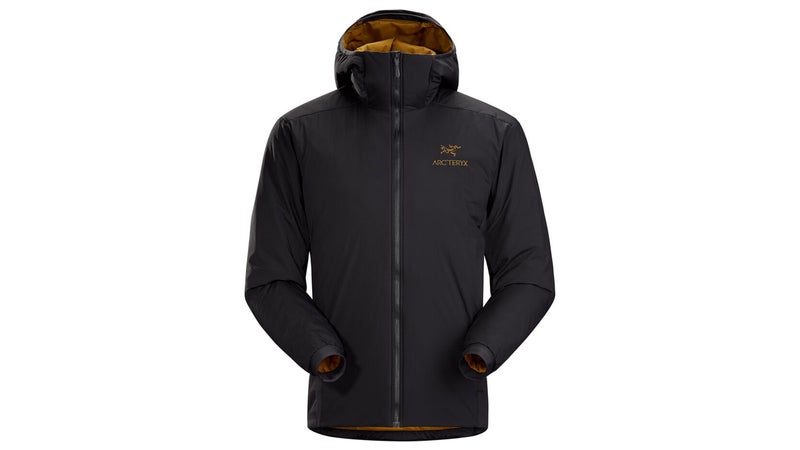
If there’s one piece of gear that has turned me into an insufferable gear bragger, it’s the . I’ve spent six years with it and adore it more than any piece of apparel I’ve owned. It kept��me comfortable on cold mornings at fire camp and serves as��the perfect��midlayer while skiing. The 100 percent��nylon shell (which has��light waterproofing for drizzly days) is still��durable enough to withstand a few knicks while sharpening a chainsaw. Its��synthetic insulation maintains its warmth when wet, and the stretchy fleece side panels along the torso and under the arms lend more breathability than you’d get from a down jacket—and that means��less sweat when the temperature rises or the hike gets steeper. It stuffs into its own pocket��for easy transport, and��while the price might be a deterrent for some, I’ve never had a more apt use for the phrase “Buy it nice or buy it twice” than I have with this hoodie.��
Drew’s Boots Women’s 10-Inch��Brown Roughout ($399)
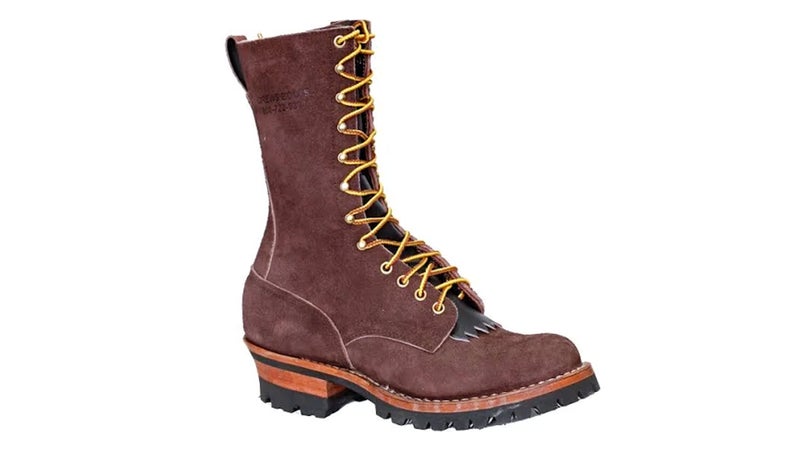
There are many fire-boot builders, but Drew’s is my personal favorite and go-to brand. The has a��narrow��footbed, so it’s sized truer��to the shape of a woman’s foot��and not simply converted from a men’s sizing chart. Drew’s boots are also made of a softer leather than other popular fire boots, which amounts to a��quicker break-in time and fewer blisters. One consequence of this build is a shorter life span—I usually get two fire seasons out of a pair of Drew’s before the footbed blows out or the Vibram sole wears��down. That said, a huge benefit of buying hand-built leather boots is the��ability to have them��resoled at a substantially lower cost than a new pair would ring you.��
Fits��Tactical Socks ($24)
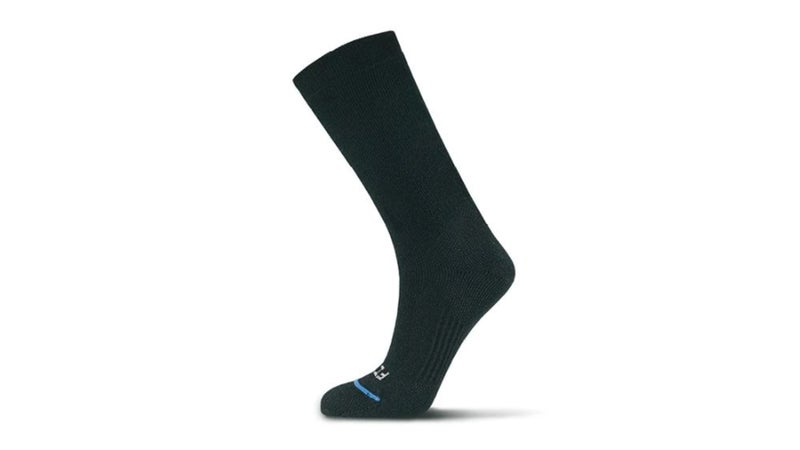
You’d be hard-pressed to find a wildland firefighter who doesn’t have a very strong opinion about socks. My pick? The��. Good socks are crucial when wearing a rigid leather boot like Drew’s, White’s, or Nick’s. With fire boots like these,��it’s often said that it’s not the boot that gets broken in but your foot, so a durable pair of socks that fit well is sometimes just as important as the boot itself, especially when it comes to avoiding blisters. I’ve ruined a lot of socks in my time as a firefighter—by��breaking in boots, logging long miles, or succumbing to heel slippage—but I have yet to blow a hole in a pair of Fits. Credit its tough wool-polyester blend��and the extra padding in the heel, toe, and arch.
SaltStick Plus Salt Capsules ($30)��
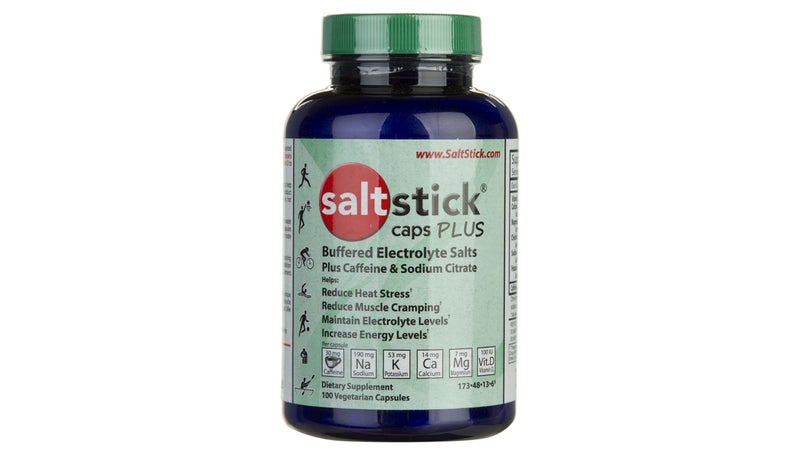
Sometimes��no amount of goo, bars, tabs, or glorified sugar water will replenish all the��electrolytes you’re losing��as you hike, use a chainsaw, or swing a tool in extreme heat for up to��16 hours straight for many days in a row. On high-output days, salt pills are the ticket. But�� aren’t traditional salt pills; each has��a relatively low dose of sodium (190 milligrams, which is only 8 percent of your recommended daily amount), along with magnesium, calcium, and potassium to cover your other electrolyte needs, plus caffeine for a little energy boost. Though not recommended for people with high blood pressure, kidney issues, or anyone��not dumping loads of sweat every day, salt pills—along with copious amounts of water, of course—kept me feeling well-balanced and hydrated amid��some of my hardest, longest, and sweatiest shifts.
